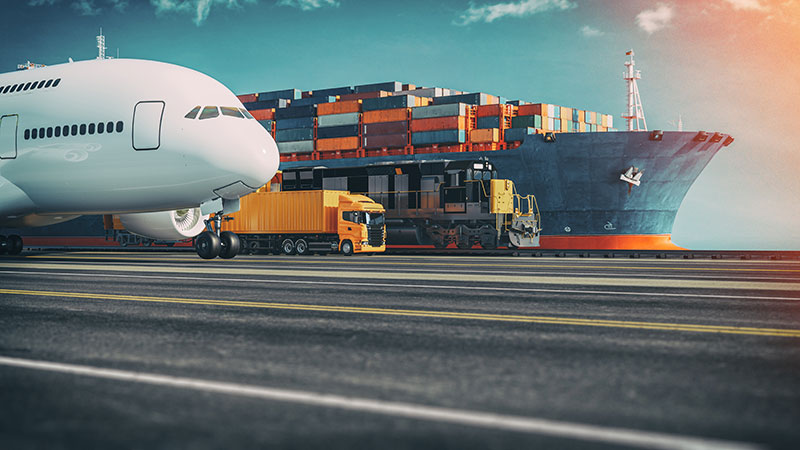[[data.name.value]]
[[metadata.defaultData.name]]
[[data.title.value]],
[[metadata.defaultData.title]],
[[data.company.value]]
[[metadata.defaultData.company]]

What Hidden Struggles Do Transport Firms Face in Long Hauls
Long-distance delivery sounds simple but hides many unexpected challenges along the way. Roads stretch for hours, but behind the wheel lies a test of logistics and planning. From weather surprises to human fatigue, each mile brings risks. Transport companies face pressure to deliver fast while staying cost-effective and safe. These journeys require more than just trucks and drivers; they demand precise coordination. Let's explore what really happens on the roads that stretch across countries.

Endless Roads and Driver Fatigue
Drivers cover long routes that often stretch into late nights without real rest. Physical exhaustion builds up, affecting focus and decision-making behind the wheel. Fatigue increases accident risks, especially on dark highways with few stop points. Transport companies try to schedule breaks, but delivery demands don’t always allow time. Human stamina is tested when distances push drivers to their limits every day. Safety systems help, but nothing replaces sleep and proper rest stops.
Weather Turns into a Silent Enemy
Sudden storms, fog, or icy roads often delay trucks and damage transported goods. No matter the plan, the weather remains unpredictable across long distances and regions. Even the most advanced navigation tools struggle when nature becomes unpredictable and strong. Floods block highways, while snowstorms can trap drivers for hours in isolated areas. These risks affect timelines and raise operating costs with rerouting or emergency support. Weather adds a level of danger no machine can avoid.
Delays at Border and Checkpoints
Long-distance delivery often involves crossing borders or regulated checkpoints with strict controls. Customs procedures and inspections can delay goods by hours or even full days. Missing a single document or barcode may halt the whole journey temporarily. Transport firms must keep all paperwork accurate while staying updated with changing policies. Waiting in line at borders wastes fuel, time, and driver energy. These hidden pauses make schedules harder to predict or control.
Mechanical Breakdowns on Route
Truck wear and tear is higher on long routes with rough roads or steep terrains. Parts can fail without warning—brakes, tires, or engines often break in the middle of nowhere. Tow trucks and repair services may not always be nearby or quick to arrive. Downtime affects not just delivery times but also increases unexpected costs. Empresa de transporte Valencia companies often carry backup plans, but surprises still disrupt journeys. A small failure can stop a huge shipment for hours.
Routing Through Unfamiliar Roads
Navigation can mislead drivers into narrow lanes or roads unsuitable for heavy trucks. Unfamiliar terrains cause confusion and may increase the risk of accidents or wrong turns. GPS systems sometimes lack updates or don’t show height restrictions for bridges and tunnels. New drivers unfamiliar with remote zones may lose valuable time seeking alternate paths. Even mapped routes can lead to construction zones or recently blocked areas. These navigation issues often go unnoticed until drivers face them.
Conclusion
Long-distance delivery reveals the hidden complexities transport firms battle daily behind the scenes. From unpredictable weather to rising expenses, the road is full of silent challenges. These journeys need sharp planning, skilled drivers, and constant problem-solving to meet demand. As global trade grows, so does the pressure on transport companies to adapt and survive. What seems like a simple route often hides a story of struggle, timing, and endurance. It’s more than transport—it’s a strategic mission across changing landscapes.
Read more
Read less
[[ metadata.translations.contactme ]]